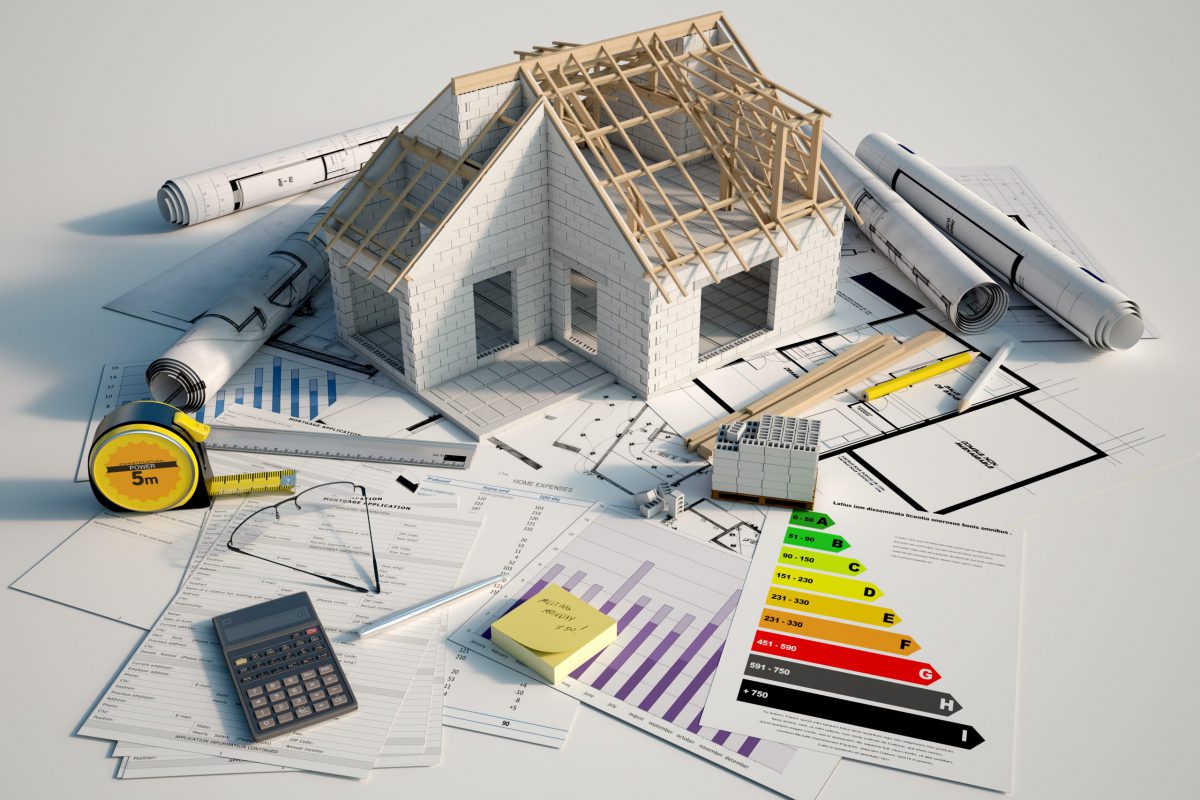
With the changes upon us for Part L this article looks at the headline changes and the impacts to the home builder.
The Government has committed to its Zero Carbon agenda and the introduction of the Future Homes Standards in 2025. The current changes to Part L 2021 are a stepping stone towards achieving these targets – these changes come into effect on the 15th June 2022.
The changes to Part L in England and Wales both see a significant uplift in carbon reduction (31% and 37% respectively) – this is achieved through a greater focus on the fabric, greener primary energy and the use of renewable technology.
Key Changes:
Fabric standards are tightened and the maximum permissible U-Values for building elements (i.e. the thermal performance of a wall, floor roof) being improved. This will see the use of high performance insulation increase and the thickness of insulation used increase – both of which could have an effect on the structure of the build – for example increased cavity widths.
The introduction of a Primary Energy Target - It considers how much energy (in kWh) is needed to provide heating and hot water in a new built dwelling. Effectively looking at energy demand for the dwelling.
Greater focus on Thermal Bridging (the heat loss at a construction junction) comes into play with the removal of the government’s accredited construction details (ACD’s) – this will mean that specific manufactures details or independently assessed details with need to be used. The impact these junctions have within SAP (The software used to prove compliance to Part L) is significant.
All new build dwellings will now be subject to an Air Tightness test – now mandatory for each property. This is helping to drive the quality of finished product actually achieved on site – also known as the “Performance gap”.
One of the most significant changes will be the production of a BREL Compliance report – intended to confirm the building has been built as designed. This report will also include the need to produce photographic evidence at 6 key construction stages – for example substructure to ground floor showing the continuity and correct installation of insulation and damp proof course. This photographic evidence is plot specific and requires photographs to be geotagged and date stamped.
Finally the use of Renewable Technology within the changes to Part L further drive the use of this technology – with the likes of Air Source Heat Pumps (ASHP) being a very effective primary energy source (for heating and hot water) or the use of PV (Photovoltaics) and WWHR (Waste Water Heat Recovery) being used to gain compliance with mains gas.
Compliance to the above is proven via the production of a SAP (Standard Assessment Procedure) taking into account the above metrics coupled with information on the specific dwellings dimensions, orientation and a whole host of other information specific to Part L Compliance: The conservation of fuel and power.
If you would like to know more about how Part L could affect your project or the best routes to compliance please get in touch with our technical services team who can model your house types to SAP 10.2 and find you a compliant and cost effective way to meet the new requirements.